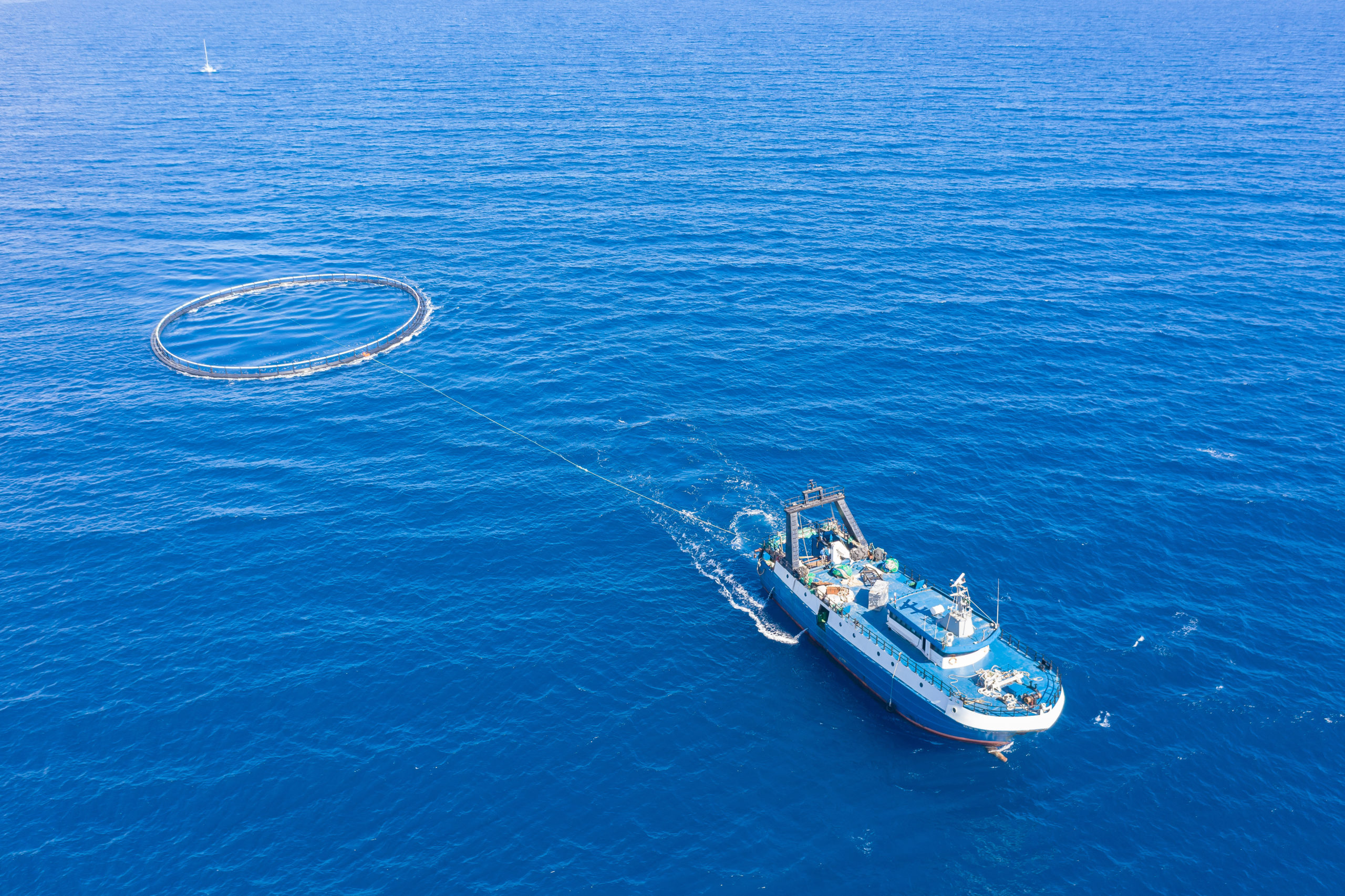GoldFish’s towing cages for bluefin tuna are among the most robust and the safest in the market.
Bluefin tuna is different to any other farmed fish. The bluefin tuna fishes captured in the wild are towed slowly from the fishing area to the cultivation net cage.
GoldFish’s towing cages for bluefin tuna are among the most robust and the safest in the market. Due to the treatment applied during the THERMOFIXING process, the net shrinkage is minimal.
The Tecnologia Deportiva group was the first Spanish company focused on the production of knotless nets. This experience has allowed us to manufacture nets with a high resistance to breakage, specially when comparing it to the nets weigth.


Once the bluefin tuna fishes have been carefully towed, we move them to the fattening net cages, where this wonderful species will be breeded.
Bluefin tuna is not only larger than the most of the fish farmed species, but it is also very delicate and should therefore be handled with care. Even small cuts or bruises can negatively affect the survival of the fish, hence the importance of using a high quality netting.
Due to the high cost of each of the pieces inside a cultivation unit, losing a tuna fish is not an option.
GoldFish nets are among the most robust and the safest in the market. The trap net cages have two different working modes: upside down or right way up. In right way up position, the trap cage catches the tuna that is migrating to this area to spawn.
These are larger tuna with large roe, which have a higher value.
The upside-down trap cages are in charge of catching the tuna that have already spawned. Therefore, these are tunas with a much lower weight and less fat.


This system allows tuna to be captured and kept alive until they have been moved into our floating cages. From there, they will be transported to fattening farms spread throughout the Mediterranean sea, where -for months- they will be exclusively fed with natural fish like mackerel, horse mackerel, sardine, herring or squid.




